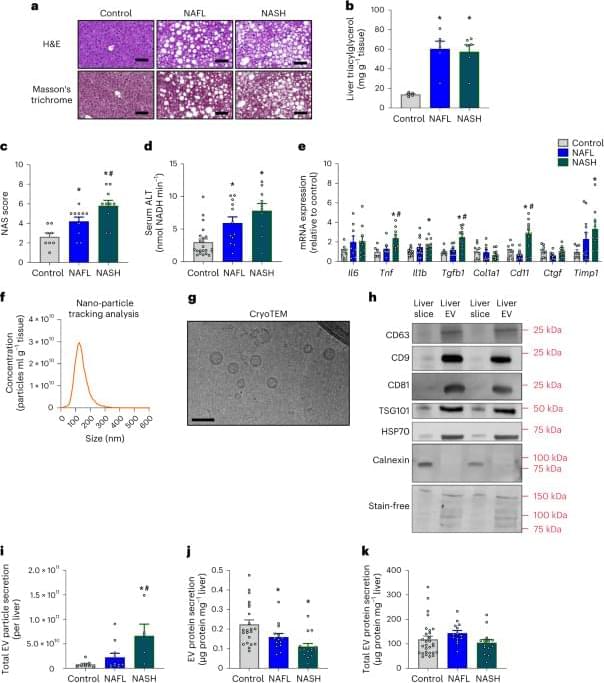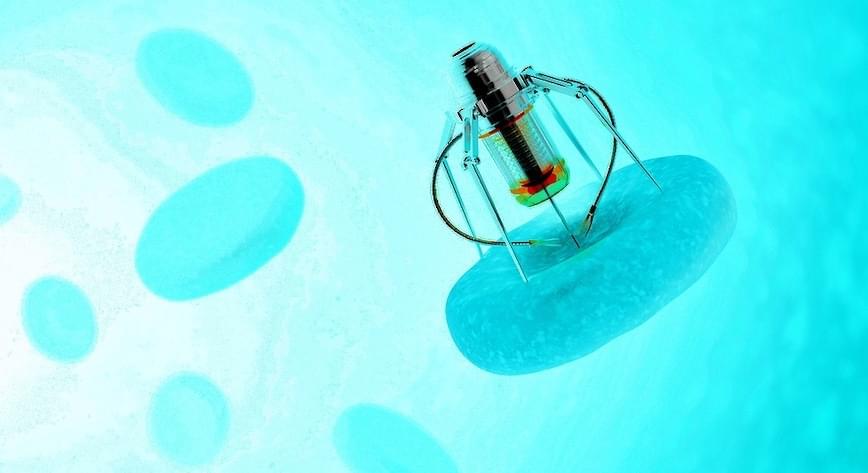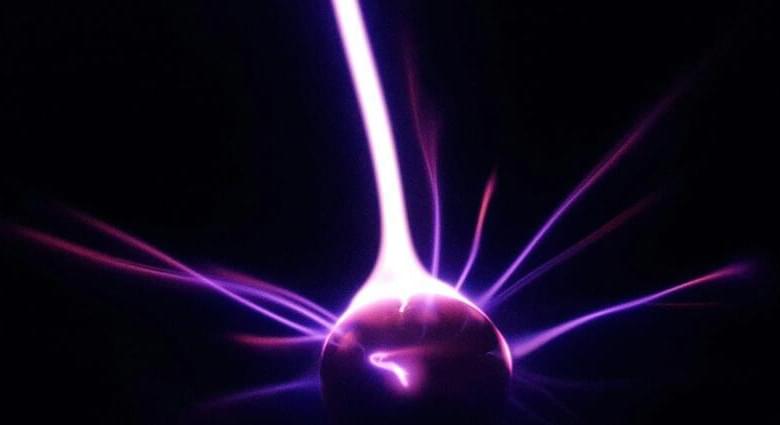Miotto et al. show that in mice, liver-derived extracellular vesicles act on skeletal muscle and the pancreas and increase glucose effectiveness and insulin secretion, thereby modulating glycaemic control.
Physicists at Paderborn University have enhanced solar cell efficiency significantly using tetracene, an organic material, based on complex computer simulations. They discovered that defects at the tetracene-silicon interface boost energy transfer, promising a new solar cell design with drastically improved performance.
Physicists at Paderborn University have used complex computer simulations to create a novel solar cell design that boasts substantially higher efficiency than existing options. The enhancement in performance is attributed to a slender coating of an organic compound named tetracene. The results have recently been published in the renowned journal Physical Review Letters.
“The annual energy of solar radiation on Earth amounts to over one trillion kilowatt-hours and thus exceeds the global energy demand by more than 5,000 times. Photovoltaics, i.e. the generation of electricity from sunlight, therefore offers a large and still largely untapped potential for the supply of clean and renewable energy. Silicon solar cells used for this purpose currently dominate the market, but have efficiency limits,” explains Prof Dr Wolf Gero Schmidt, physicist and Dean of the Faculty of Natural Sciences at Paderborn University. One reason for this is that some of the energy from short-wave radiation is not converted into electricity, but into unwanted heat.
Tesla CEO Elon Musk is expanding its SpaceX Starbase office in Texas. Here’s what we know.
Musk already claims Austin as headquarters for Tesla, and now he’s expanding his SpaceX facility in Brownsville.
Brownsville is currently home to a landing pad, launch facility, launch control center and tracking station. A 40-minute drive along Highway 4 will take you to the unincorporated community of Boca Chica.
The robot, which weighs 420lbs, stands at 5ft 4in and travels at 3 miles per hour, is expected to make its appearance at the airport in the next two months, according to local reports.
According to Knightscope, the K5 is intended for outdoor use and features autonomous recharging without requiring human intervention. Features listed on Knightscope’s website include 360-degree and eye-level video streaming, people detection during certain restricted hours, thermal anomaly detection, as well as license plate recognition.
The city’s director of airports, Jesus Saenz, said that the K5 will be used to respond to door alarms at the airport and will be placed near doors with alarms that are frequently set off.
Discussions are emerging about conducting clinical trials on humans with nanorobots for medical applications. Currently, in the United States, four burgeoning companies are striving towards this aim, working to advance their nanomachines into Phase 1 studies, subsequent to laboratory research and preclinical trials on animals.
The article “Delivering drugs with microrobots”, published in Science on December 7, 2023, has recaptured the international scientific community’s attention on the practical, effective use of nanorobots in Clinical Practice and Medicine.
Its author, Bradley Nelson, a Robotics and Intelligent Systems professor at ETH Zurich, poses a straightforward question: where are these diminutive biocompatible machines, designed to be injected into the human body for more efficient exploration, internal repair, and precise, targeted drug delivery? Researchers have discussed them for years – he notes – yet we still do not see them progressing from laboratories to the forefront of clinical trials. How close are we to this milestone?
Figuring out how the human body can withstand underwater pressure has been a problem for over a century, but a ragtag band of divers is experimenting with hydrogen to find out.
The largest-ever humanitarian intervention in early childhood education shows that remote learning can produce results comparable to a year of in-person teaching.
People are more likely to do something if you ask nicely.
Prompt engineering is a weird science. As it turns out, the way in which a prompt’s phrased — down the tone — can influence a GenAI model’s response.
In August of 2021, my firm made a very bold prediction that Nvidia will surpass Apple in valuation.
We look at why Nvidia has been able to surpass every FAANG except Apple, and why it’s inevitable that it becomes the world’s most valuable company in the next 2.5 years.
Scientists have identified a subtle gravitational force acting on a minuscule particle through an innovative approach.
In the quest to unravel the mysterious forces of the universe, scientists have achieved a major feat.









